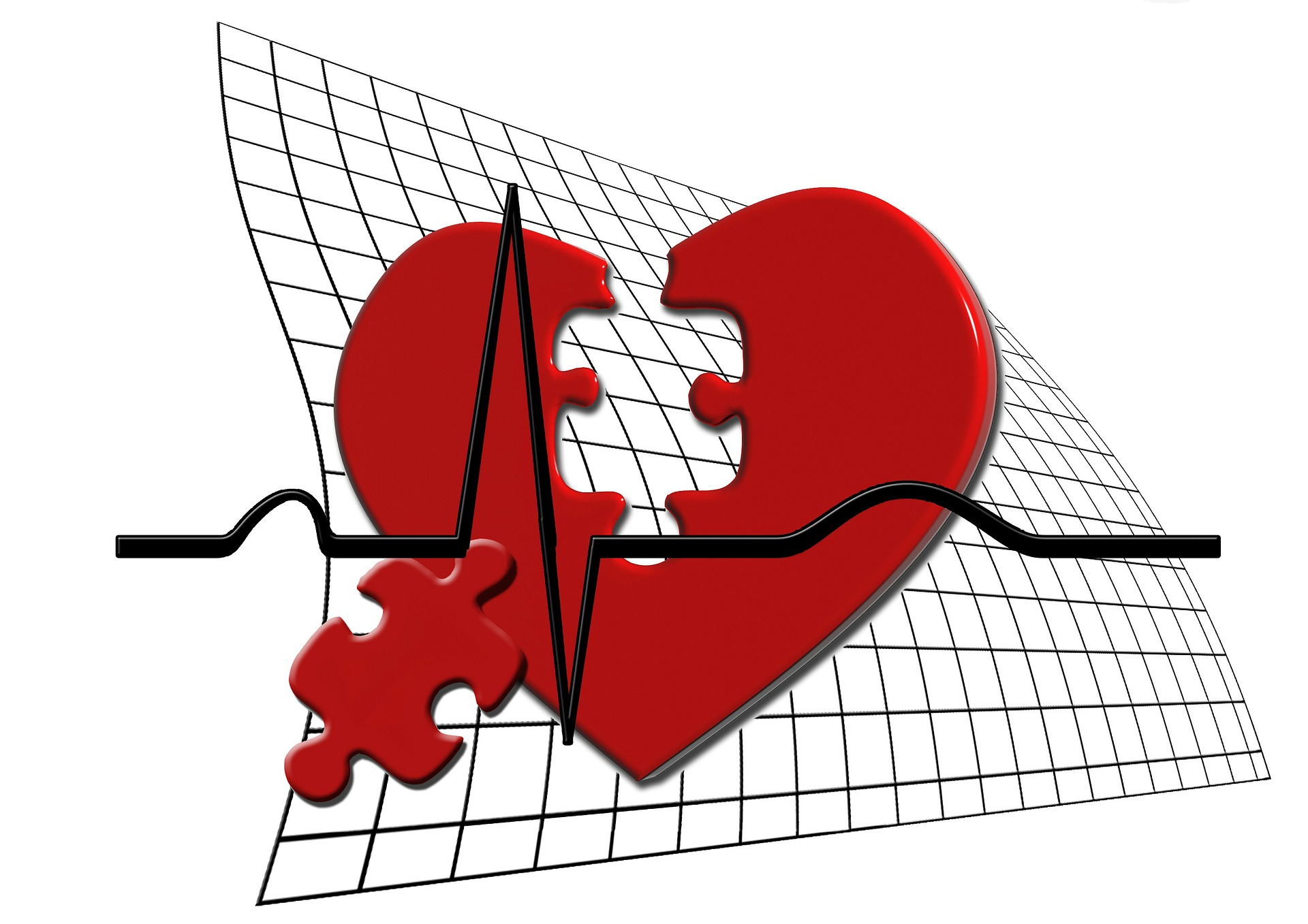myocarditis
What is myocarditis?
Myocarditis is a disease marked by the inflammation of the heart muscle known as the myocardium — the muscular layer of the heart wall. This muscle is responsible for contracting and relaxing to pump blood in and out of the heart and to the rest of the body. When this muscle becomes inflamed, its ability to pump blood becomes less effective. This causes problems like an abnormal heartbeat, chest pain, or trouble breathing. In extreme cases, it can cause blood clots leading to a heart attack or stroke, damage to the heart with heart failure, or death. Normally, inflammation is a bodily response to any sort of wound or infection. Imagine when you cut your finger: within a short time, the tissue around the cut swells up and turns red, which are classic signs of inflammation. The immune system in your body is producing special cells to rush to the site of the wound and implement repairs. But sometimes the immune system or another cause of inflammation leads to myocarditis.
What causes myocarditis?
In a lot of cases, the exact cause of myocarditis is not found. When the cause of myocarditis is found, it’s usually an infection that has made its way to the heart muscle, such as a viral infection (the most common) or a bacterial, parasitic, or fungal infection. As the infection tries to take hold, the immune system fights back, trying to get rid of the disease. This results in an inflammatory response that may weaken heart muscle tissue. Some autoimmune diseases, like lupus (SLE), can cause the immune system to turn against the heart, resulting in inflammation and myocardial damage. It’s often difficult to determine exactly what’s causing the myocarditis, but potential culprits include the following causes.
Viruses
According to the Myocarditis Foundation, viruses are one of the most common causes of infectious myocarditis. The most common viruses to cause myocarditis include Coxsackievirus group B (an enterovirus), Human Herpes Virus 6, and Parvovirus B19 (which causes fifth disease). Other possibilities include echoviruses (known to cause gastrointestinal infection), Epstein-Barr virus (causes infectious mononucleosis), and Rubella virus (causes German measles).
Bacteria
Myocarditis can also result from infection with Staphylococcus aureus or Corynebacterium diptheriae. Staphylococcus aureus is the bacterium that can cause impetigo and be a methicillin resistant strain (MRSA). Corynebacterium diptheriae is the bacterium that causes diphtheria, an acute infection that destroys tonsils and throat cells.
Fungi
Yeast infections, molds, and other fungi can sometimes cause myocarditis.
Parasites
Parasites are microorganisms that live off of other organisms to survive. They can also cause myocarditis. This is rare in the United States but more commonly seen in Central and South America (where the parasite Trypanosoma cruzi causes a condition known as Chagas disease).
Autoimmune diseases
Autoimmune diseases that cause inflammation in other parts of the body, like rheumatoid arthritis or SLE, can also sometimes cause myocarditis.

What are the symptoms?
The dangerous thing about myocarditis is that it can affect anyone, occur at any age, and may proceed without displaying any symptoms. If symptoms do develop, they often resemble those symptoms one might experience with the flu, such as:
- fatigue
- shortness of breath
- fever
- joint pain
- lower extremity swelling
- achy feeling in the chest
Many times, myocarditis may subside on its own without treatment, much like a cut on your finger eventually heals. Even some cases that go on for a long time may never create sudden symptoms of heart failure.
But, secretly, they may cause damage to the heart muscle where the heart failure symptoms slowly appear over time. In other instances, the heart may be faster at revealing its struggles, with symptoms like chest pain, shortness of breath, heart palpitations, and heart failure.
Avoid smoking
Fibromyalgia



